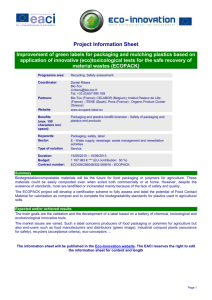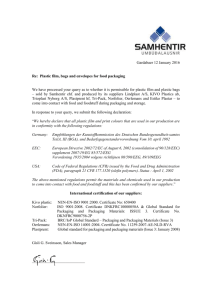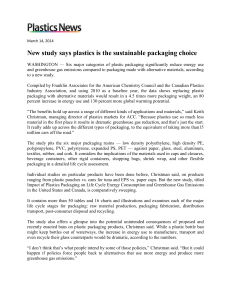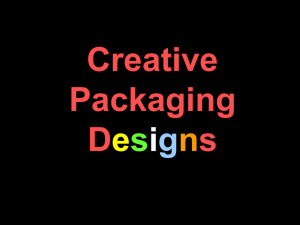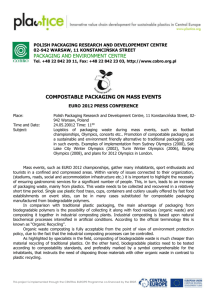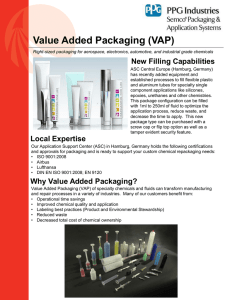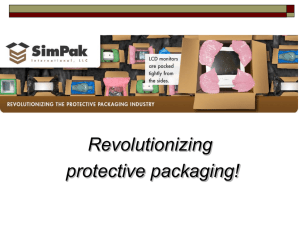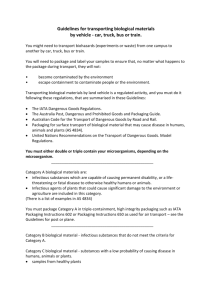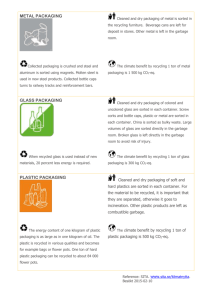PET Coating from Nano-cellulose Makes Plastics More Sustainable
advertisement
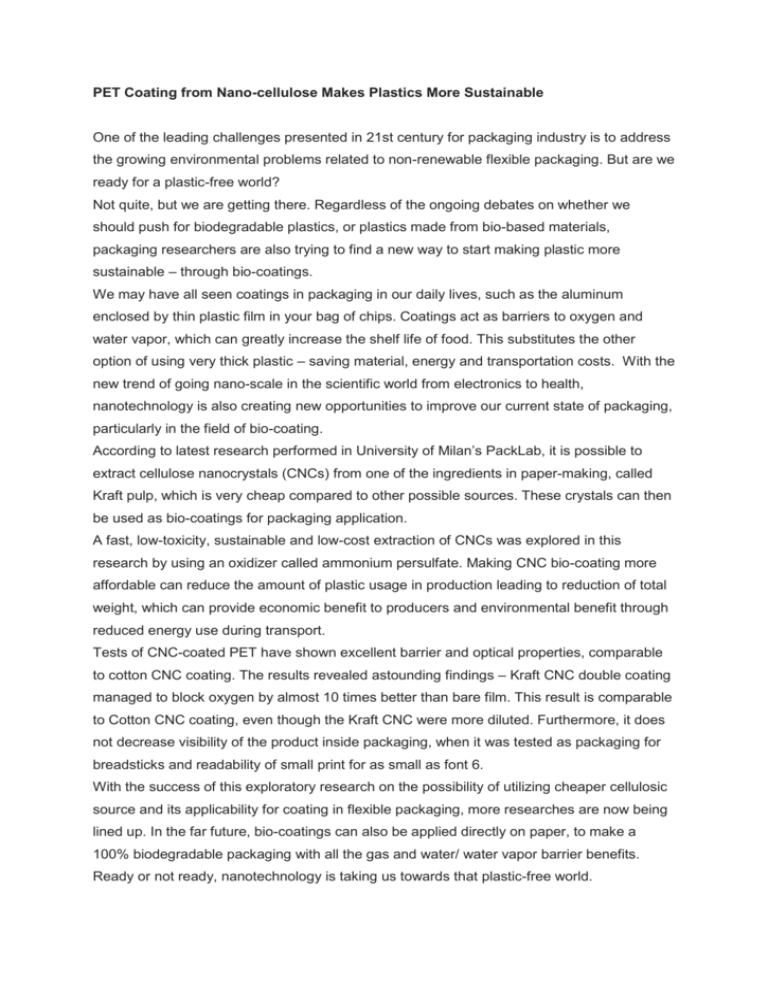
PET Coating from Nano-cellulose Makes Plastics More Sustainable One of the leading challenges presented in 21st century for packaging industry is to address the growing environmental problems related to non-renewable flexible packaging. But are we ready for a plastic-free world? Not quite, but we are getting there. Regardless of the ongoing debates on whether we should push for biodegradable plastics, or plastics made from bio-based materials, packaging researchers are also trying to find a new way to start making plastic more sustainable – through bio-coatings. We may have all seen coatings in packaging in our daily lives, such as the aluminum enclosed by thin plastic film in your bag of chips. Coatings act as barriers to oxygen and water vapor, which can greatly increase the shelf life of food. This substitutes the other option of using very thick plastic – saving material, energy and transportation costs. With the new trend of going nano-scale in the scientific world from electronics to health, nanotechnology is also creating new opportunities to improve our current state of packaging, particularly in the field of bio-coating. According to latest research performed in University of Milan’s PackLab, it is possible to extract cellulose nanocrystals (CNCs) from one of the ingredients in paper-making, called Kraft pulp, which is very cheap compared to other possible sources. These crystals can then be used as bio-coatings for packaging application. A fast, low-toxicity, sustainable and low-cost extraction of CNCs was explored in this research by using an oxidizer called ammonium persulfate. Making CNC bio-coating more affordable can reduce the amount of plastic usage in production leading to reduction of total weight, which can provide economic benefit to producers and environmental benefit through reduced energy use during transport. Tests of CNC-coated PET have shown excellent barrier and optical properties, comparable to cotton CNC coating. The results revealed astounding findings – Kraft CNC double coating managed to block oxygen by almost 10 times better than bare film. This result is comparable to Cotton CNC coating, even though the Kraft CNC were more diluted. Furthermore, it does not decrease visibility of the product inside packaging, when it was tested as packaging for breadsticks and readability of small print for as small as font 6. With the success of this exploratory research on the possibility of utilizing cheaper cellulosic source and its applicability for coating in flexible packaging, more researches are now being lined up. In the far future, bio-coatings can also be applied directly on paper, to make a 100% biodegradable packaging with all the gas and water/ water vapor barrier benefits. Ready or not ready, nanotechnology is taking us towards that plastic-free world.
